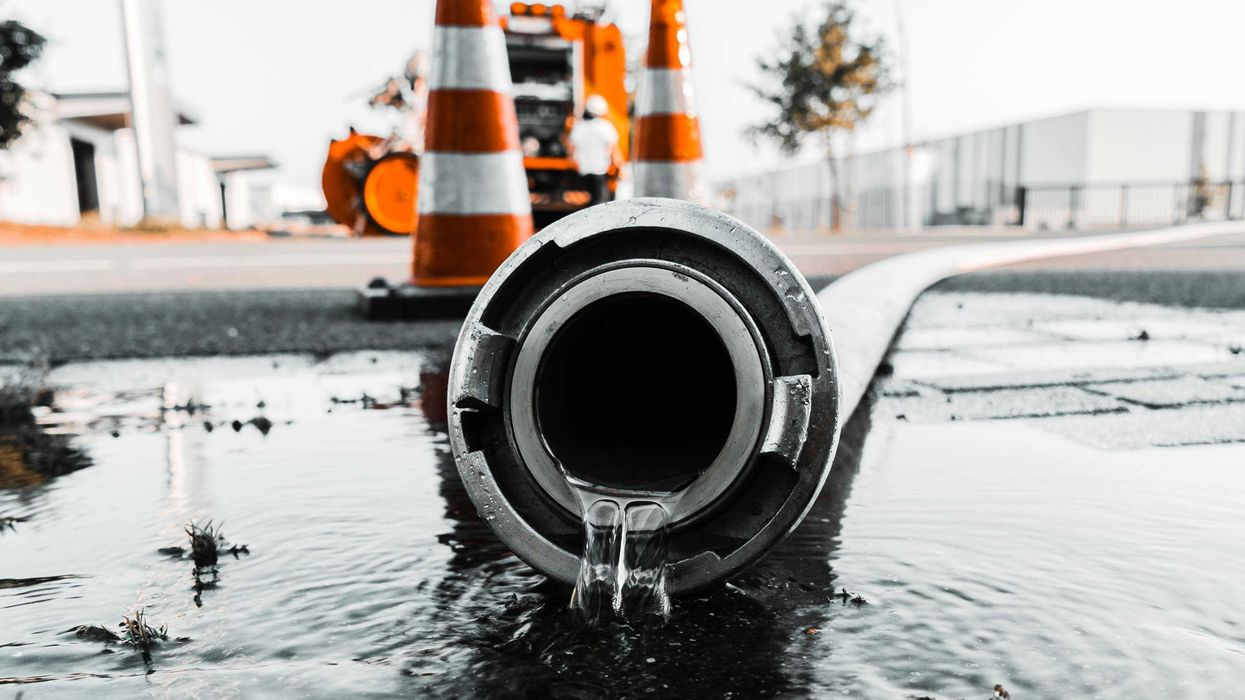In short:
- While many factors can contribute to lead exposure, the prevalence of lead pipes was a stronger predictor of elevated lead levels than standard risk predictors used by the U.S. Environmental Protection Agency (EPA) and the Housing and Urban Development Department (HUD).
- For both cities, the prevalence of lead pipes was linked to the percentage of housing built before the 1950s, highlighting that lead pipes are more commonly found in older homes.
Key quote:
“These findings suggest that replacing LSLs is an effective public health strategy to eliminate this important source of [lead] exposure.”
Why this matters:
Lead is an incredibly toxic chemical that’s been linked to cardiovascular disease, cognitive impairment, damage to the reproductive and nervous systems, and more. While significant progress has been made in reducing the average blood lead levels in the U.S. over time, hotspots of elevated exposure still remain. Communities that suffer from higher lead levels are often faced with multiple potential sources of exposure, which is commonly paired with significant economic and social inequality in comparison to areas with lower exposures. Because the results of this study point to lead service lines as key contributors to lead exposures, the authors emphasize that federal programs that fund the replacement of these pipes are an effective and meaningful strategy for protecting public health.
Related EHN coverage:
- Federal housing programs linked to lower levels of lead exposure
- US lead pipe replacements stoke concerns about plastic and environmental injustice
More resources:
LISTEN: Agents of Change in Environmental Justice podcast
- Sabah Usmani on making cities healthy and just
- Nsilo Berry on making buildings healthier
- Diana Hernández on housing and health
Tornero-Velez, Rogelio et al. for Environmental Science and Technology vol. 59, 43. Oct. 21, 2025
- Zero lead is an impossible ask for American parents ›
- Lead exposure still a problem for some children ›

























